Bunion and Hammer Toe Surgery
We specialize in Bunion and Hammer Toe Surgery in Miami. Our team of experts, dedicated to stopping the progression of unsightly and uncomfortable bunions, hammertoes, and related conditions. Our innovative, minimally invasive techniques ensure less scarring and faster recovery, getting you back on your feet quickly.
- Updated on: January 15, 2024
AVERAGE COST
$10,000
PROCEDURE TIME
60 – 80 Min
BACK TO WORK
3 week
FULL RECOVERY
6 weeks
Book Your Free Consultation
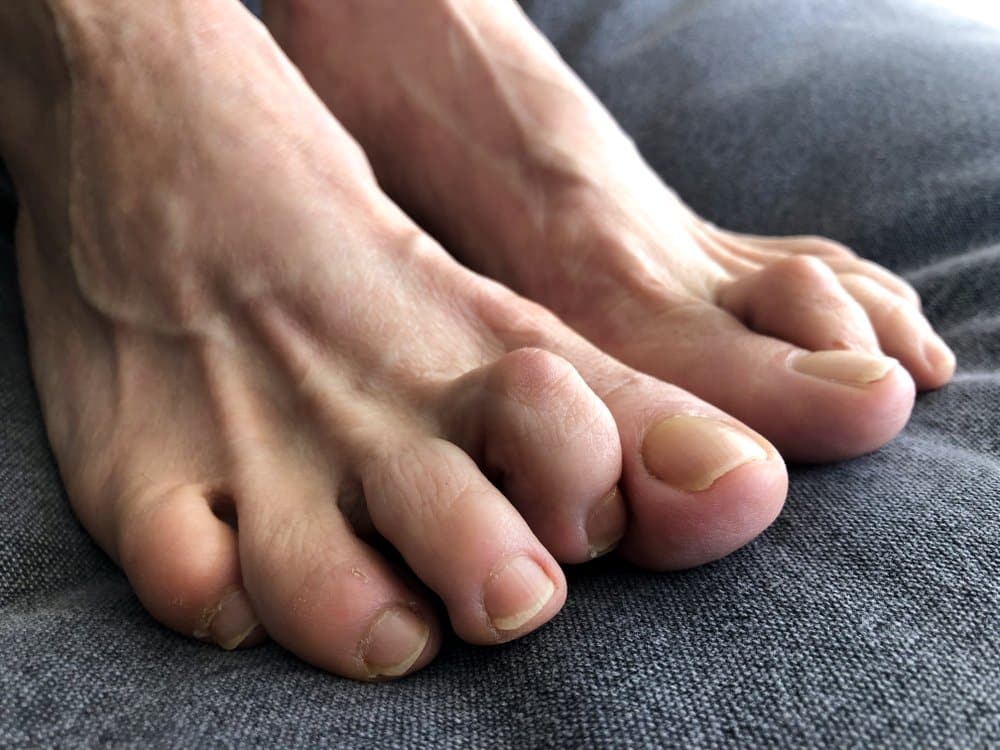
What is Bunion and Hammer Toe Surgery?
Bunion and hammer toe surgery is a procedure performed to correct deformities in the toes. In the case of bunions, it involves an enlargement of the bone or tissue around a joint at the base of the big toe. Bunion surgery is performed to reduce pain and correct the deformity caused by a bunion.
On the other hand, hammer toe surgery is a procedure to correct a deformity in the second, third, or fourth toe, a bend in the middle joint that makes the toe look like a claw or hammer. The surgery is performed to relieve pain and/or improve flexibility when the muscles in the toe cannot stretch and straighten out.
Proven Bunion Surgical Techniques
Bunion and hammer toe surgery is a procedure that is performed to correct deformities in the toes. In the case of bunions, it involves the enlargement of the bone or tissue around a joint at the base of the big toe. Bunion surgery is performed to reduce the pain and correct the deformity caused by the bunion.
On the other hand, hammer toe surgery is a procedure to correct a deformity in the second, third, or fourth toe, a bend in the middle joint that makes the toe appear like a claw or hammer. The surgery is performed to alleviate pain and/or improve flexibility when the muscles in the toe cannot stretch and straighten.
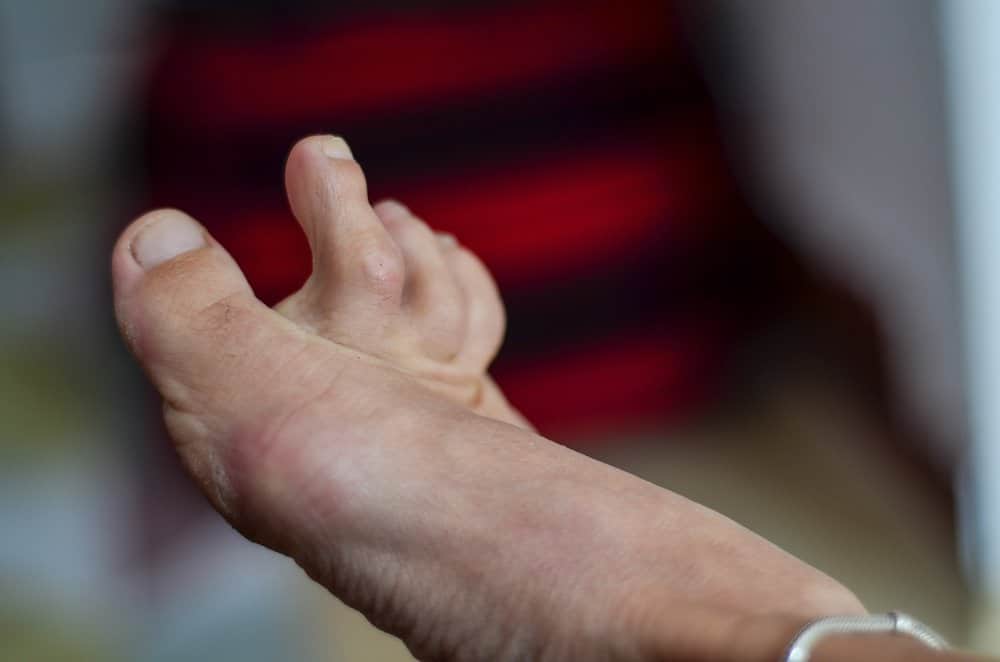
Cost of Bunion and hammer toe surgery in Miami
The cost of Bunion and Hammer Toe Surgery in Miami ranges from $10,000 to $12,000 and can vary depending on the specific procedure and the surgeon. Similarly, the cost for a minimally invasive hammertoe surgery.
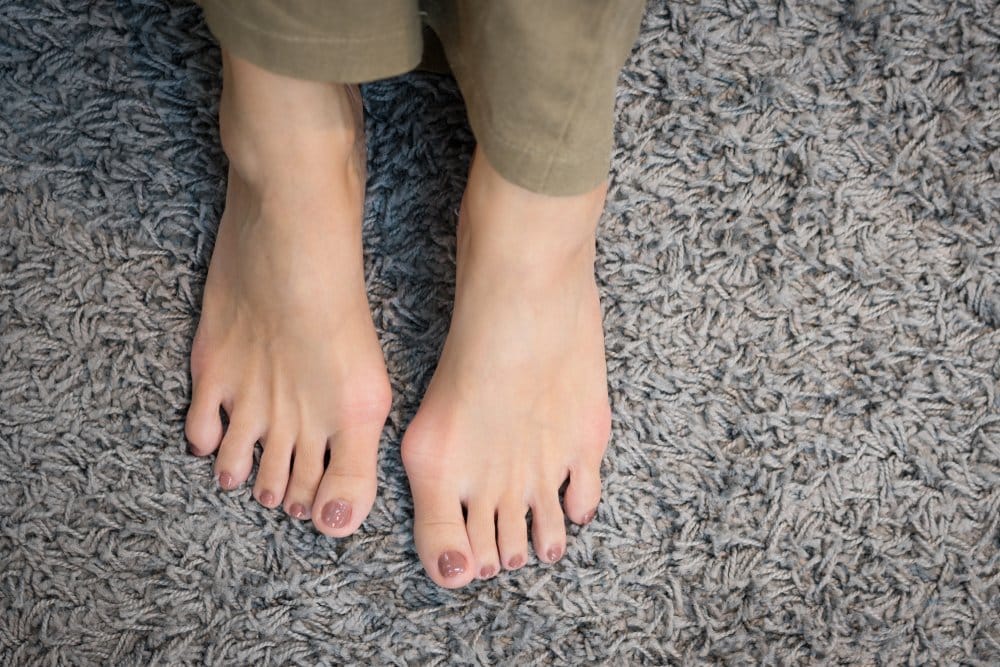
Proper Care for Speedy Recovery
Here are some key points on proper care for a speedy recovery after Bunion and Hammer Toe Surgery:
Minimally Invasive Procedures: At Northwest Surgery Center, they specialize in minimally invasive procedures. These procedures are generally less painful, produce less scarring, and allow patients to walk out of the operating room to drive home.
Post-Surgery Expectations: After traditional foot surgery, you can expect to leave the clinic with a surgical boot, crutches, or even a knee scooter. In some cases, you may need to stay off of your feet for a few days. However, you can often begin putting a little weight on the affected foot within 24 hours.
Pain Management: You can expect some mild pain for which your doctor may prescribe over-the-counter painkillers.
Recovery Time: The entire recovery process for either bunions or hammertoe can take anywhere between several weeks to several months or more, depending on various factors. Patients who undergo minimally invasive foot surgery to address bunions or hammertoes can expect to return to work almost immediately with minimal scarring or soreness. Full recovery may take 1-5 weeks with the help of a protective shoe.
Contact Information: If you’re currently suffering from bunions, hammertoes, or any other type of foot pain, you can contact the Northwest Surgery Center. They can help you get back to living life free from foot pain as soon as possible.
Remember, it’s crucial to follow your doctor’s instructions for post-surgery care to ensure a speedy and successful recovery.
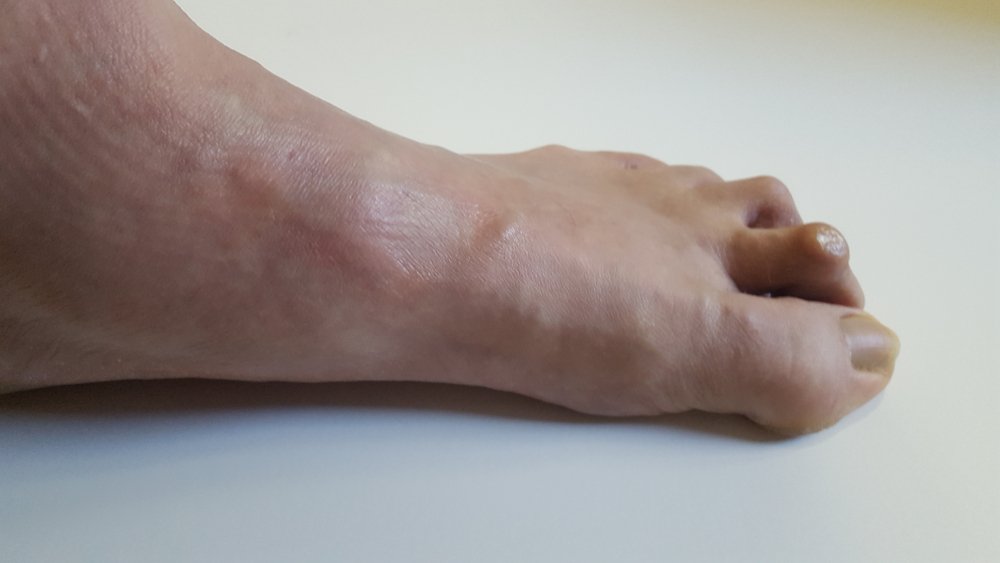
Recognizing the Symptoms of Bunions
Here are some common symptoms of bunions that you can recognize:
- A bony bump that forms on the joint at the base of your big toe.
- There’s often swelling, redness, unusual tenderness, and/or pain at the base of the big toe and in the ball of the foot.
- The area becomes shiny and warm to the touch.
- Pain or tenderness in your big toe or foot.
- Swelling or redness around your big toe joint.
- Red, irritated or warm-to-the-touch skin around your big toe joint.
- Foot pain in the area around the big toe, especially while walking or wearing shoes.
It’s important to remember that bunions grow slowly, so they may not be visible in the early stages.
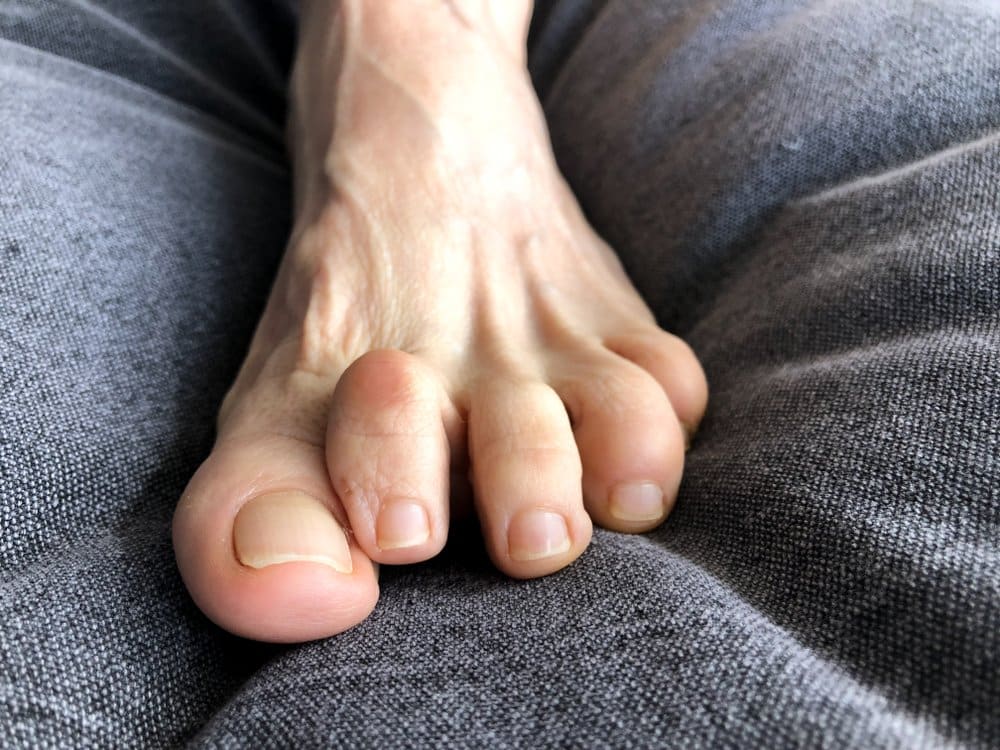
The Role of Physical Therapy in Your Healing Journey
Physical therapy plays a crucial role in the healing journey of patients undergoing various treatments, including surgeries like bunion and hammer toe surgery. It works in harmony with other forms of treatment to address illnesses and injuries that may limit a person’s ability to move freely, avoid pain, and participate fully in the normal activities of life.
Physical therapists focus on musculoskeletal and neurological impairments associated with conditions like Parkinson’s, cerebral palsy, and stroke. They also treat work and sports-related injuries, back and neck pain, balance problems, orofacial and temporomandibular joint (TMJ) pain, and pre and post-surgical rehabilitation.
The goal of physical therapy is to help patients regain their strength, motion, and activity levels, thereby improving their quality of life. It is a key component in the recovery process, helping patients return to their normal activities and lifestyle.
Here are some key points to remember about the role of physical therapy in your healing journey:
Physical Therapy Works in Concert with Other Treatments: Physical therapy is not a standalone treatment. It works in conjunction with other treatments to help patients recover from their illnesses or injuries.
Focus on Musculoskeletal and Neurological Impairments: Physical therapists specialize in treating musculoskeletal and neurological impairments. They have the skills and knowledge to help patients regain their strength and mobility.
Treatment for Various Conditions: Physical therapists treat a wide range of conditions, from work and sports-related injuries to more serious conditions like Parkinson’s and cerebral palsy.
Improving Quality of Life: The ultimate goal of physical therapy is to improve the patient’s quality of life. By helping patients regain their strength and mobility, physical therapists play a crucial role in helping patients return to their normal activities and lifestyle.
Key Component in the Recovery Process: Physical therapy is a key component in the recovery process. It is often used in conjunction with other treatments to help patients recover from their illnesses or injuries.
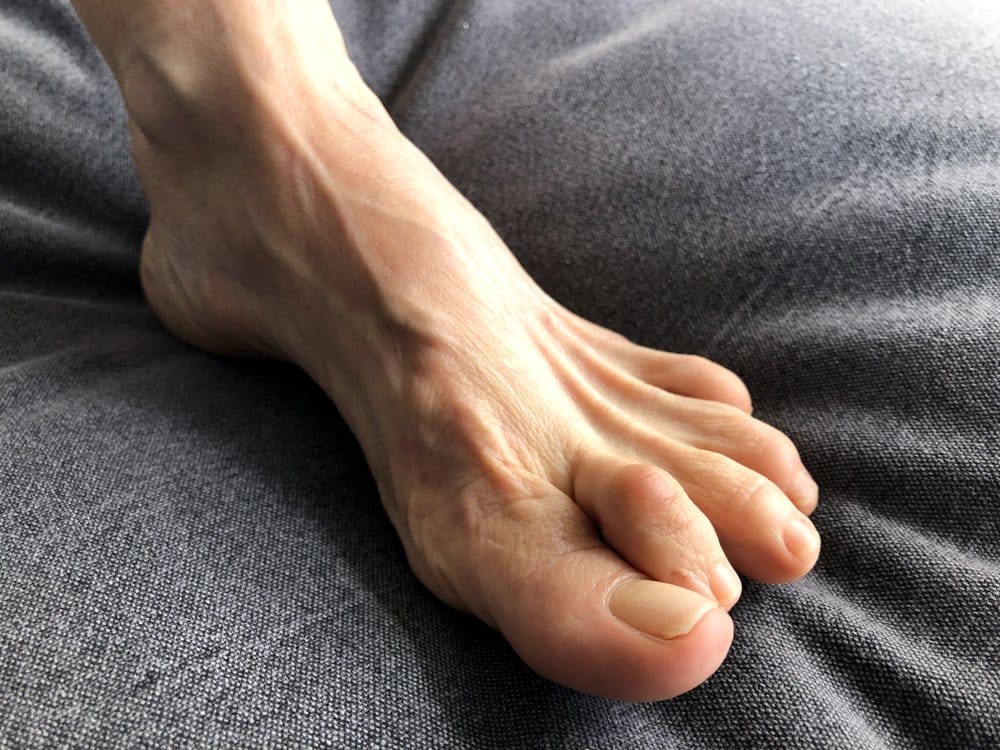
Essential Aftercare for Successful Recovery
Here are some essential aftercare tips for successful recovery after foot surgery:
Elevation and Ice: After many types of foot surgery, you will be asked to ice your foot and keep it elevated (at the level of your heart) as much as possible for a few weeks. This will help minimize pain and swelling.
Wearing a Cast or Boot: After surgery, you may need to wear a cast or boot to protect your foot during recovery and help you walk.
Rest: The first thing you’ll want to do after a surgical operation is to give the injury a chance to heal in the short term, and that means staying off the foot for a little while.
Positive Attitude: Use life-giving positivity to put the breaks on your negative thoughts and negative life-draining negativity. Focus on the benefits of your surgery rather than the frustrations that normally encompass a surgical procedure.
Protect Your Operated Foot: One indispensable guideline is to protect your operated foot from any extra load and resting it at all times for the first few days after surgery for recovery.
Proper Foot Elevation: Right after your surgery, your foot surgeon will likely discuss proper foot elevation as one of the most important things you can do. That is because properly elevating your foot reduces trauma to the affected area which, in turn, can help facilitate proper and faster healing.
Frequently Asked Questions
At Luxe Foot Surgery, we frequently receive a variety of inquiries about bunion and hammer toe surgery. In this section, we aim to address these common questions. If you have additional questions about bunion and hammer toe surgery, we encourage you to reach out to our team via a phone call. If you require expert assessment of your condition, we invite you to schedule a complimentary consultation using the provided link. We are always here to assist you with utmost dedication!
These conditions are often caused by wearing shoes that are too tight or high-heeled, which push the toes into unnatural positions. They can also be due to genetic factors or conditions like arthritis.
Symptoms include pain, redness, and swelling in the affected toe, difficulty walking, and the formation of corns or calluses due to friction between the toe and shoe.
A foot and ankle surgeon will examine your foot and may order X-rays to assess the severity of the deformity.
Non-surgical treatments include wearing comfortable shoes with wide toe boxes, using pads or cushions to relieve pressure, and taking over-the-counter pain relievers. In some cases, custom orthotic devices may be recommended.
The specific procedures vary depending on the severity of the condition, but may involve removing the bunion or bony growth, straightening the toes, and/or correcting the alignment of the bones in the foot.
As with any surgery, there are risks, including infection, nerve damage, and complications from anesthesia. There is also a chance that the bunion or hammer toe could recur.
Wearing comfortable, well-fitting shoes and avoiding high heels can help prevent these conditions. Regular foot exercises can also help maintain foot strength and flexibility.
Most bunion and hammer toe surgeries are performed on an outpatient basis, meaning you can go home the same day.
Success rates are high for bunion and hammer toe surgery. Most patients experience significant improvement in pain and function.
It’s not uncommon to have both conditions, and they can often be treated in the same surgical procedure.
Latest Articles

Yoga After Bunion Surgery
Getting back to exercise after the bunion surgery is vital for your well-being, but the most important thing is timing.

Wrapping Foot After Bunion Surgery
If you recently had or are about to have bunion surgery, you must be worried about the healing process and
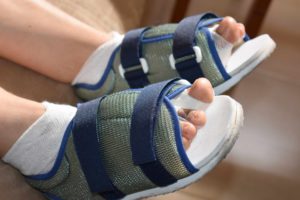
Why do I need to wear the post-op shoe all the time after hammertoe surgery?
At our facility, we offer minimally invasive hammertoe surgeries. One of the main goals of minimally invasive surgeries is for

When Do You Need Bunion Surgery
If you’re experiencing troubles when walking and doing daily activities, your feet constantly hurt, and your shoes don’t fit well,
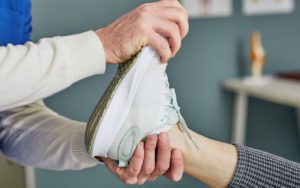
When Can You Wear Sneakers After Bunion Surgery
Are you wondering when you can wear sneakers after bunion surgery? If you love wearing sneakers and can’t imagine going
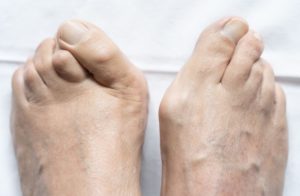
What to Expect After Bunion and Hammertoe Surgery
Having surgery isn’t pleasant, so it’s natural that you want to know what to expect after bunion and hammertoe surgery.
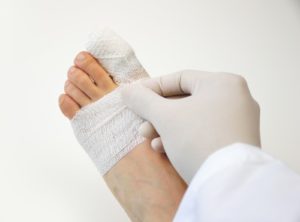
What to Expect 4 Weeks After Bunion Surgery?
If you’re having minimally invasive bunion surgery soon, you must be wondering what the recovery process will look like. The
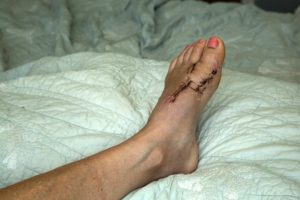
What to Expect 3 Weeks After Bunion Surgery?
What to expect 3 weeks after bunion surgery? Bunion surgery isn’t a very complex process, but some patients face struggles
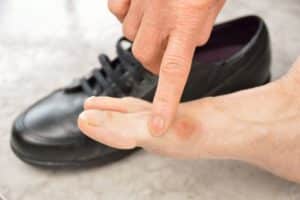
What shoes cause bunions
What shoes cause bunions, certain types of footwear can contribute to the development or worsening of bunions. It is important
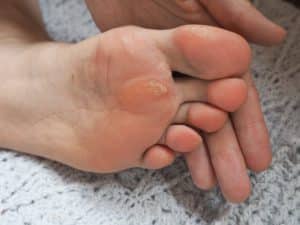
What is the difference between a callus and a bunion
A callus is a thickened area of skin that develops due to repetitive friction or pressure. It typically forms on

What If I Accidentally Stepped on My Foot After Bunion Surgery?
Deciding to have bunion surgery is a huge step – but you have nothing to worry about if you have
What Causes Extreme Swelling Around the Bunion of Your Feet?
The bunion is a bony protrusion on the inside of your foot, on the base of the big toe. One